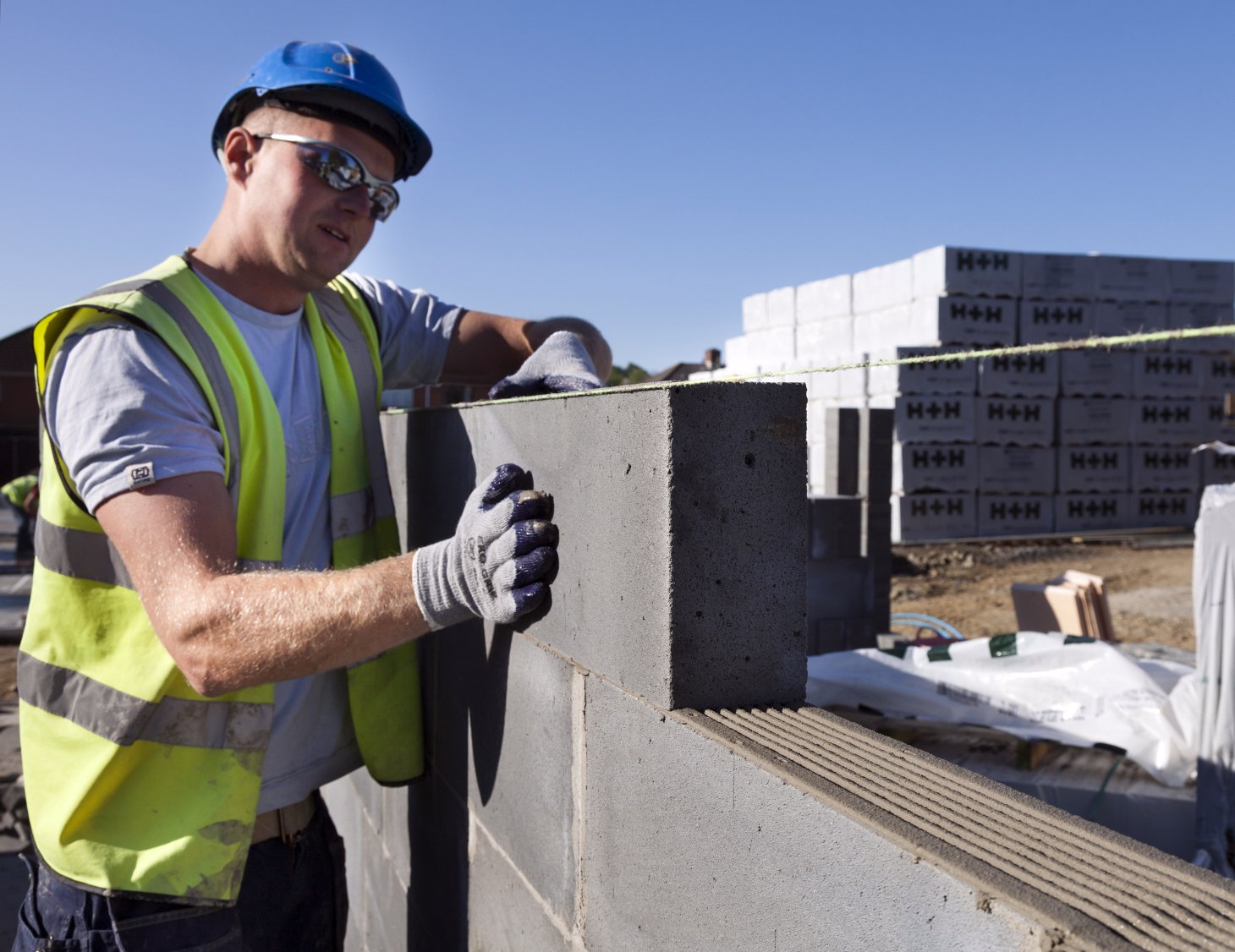
Published on 1 October, the Future Homes Standard, with accompanying proposed revisions to Part L and Part F, has radical implications for the housebuilding industry and its supply chain.
Business as usual is over. The Future Homes Standard, out for consultation until 10th January 2020, makes radical suggestions, supporting the ambition to reduce CO2 emissions from new homes by 70-80% by 2025.
The headline-grabber is the objective to entirely remove fossil fuels as an energy source by this date, but the current proposals set out a “stepping stone” approach to ensure that this overall target is achievable.
Industry is essentially given two options, representing a choice on how quickly we would like to move. Option one outlines a fabric-focused solution designed to deliver a 20% CO2 reduction. Increased air-tightness, lower U-values for walls, roofs and floors combined with triple glazing.
Option two – the government’s preferred – goes for a higher, 31%, reduction in CO2 emissions. This approach involves an incremental tightening of fabric insulation but supported with the introduction of renewable energy sources.
Government thinking appears to be that by introducing a requirement for alternative energy generation now, the supply chain will be geared up for the upswing in demand that will be created when gas is removed from new homes in 2025.
Our initial reaction at H+H is that we are comfortable with either option, confident that our high-performance aicrete products will meet the enhanced thermal performance requirements with minimal design changes.
We note, in particular, that our high performing linear thermal bridging junction details will ensure that aircrete continues to be the best performing product available for masonry interior walls. More detailed scrutiny of the new SAP rating system, however, will enable us to give more detailed guidance shortly (watch this space).
However, for the housebuilding industry, the devil really is in the detail. First is the proposal for new Building Regulations to apply to all homes completed after implementation – as opposed to the current system which applies to homes achieving planning consent after implementation – effectively bringing forward the introduction of new standards by several years.
Secondly is the restriction on any regional variation to the Building Regulations. Individual local authorities will not be permitted to enforce local regulations more stringent than the national standards. Alternative proposals such as the London Plan with its target for a 34% reduction in CO2 emissions are now uncertain.
With a clear international focus on the need to address climate change fast, we have to anticipate increasingly radical regulations designed to support and drive behavioural change.
We think that the Future Homes Standard recognises that we are reaching the limit of the gains to be made by further increasing the thermal efficiency of the building fabric, and suggest that future changes will focus on clean energy generation.
We support the aim of setting the Future Homes Standard in performance terms, such as minimum levels of primary energy and CO2 emissions, limiting fabric standards and building services standards, without prescribing the technologies to be used.
It will be interesting to see how the housebuilding industry reacts and which option gets most support. There is definitely a strong case for acknowledging the direction of travel and adopting the higher targets sooner rather than later.